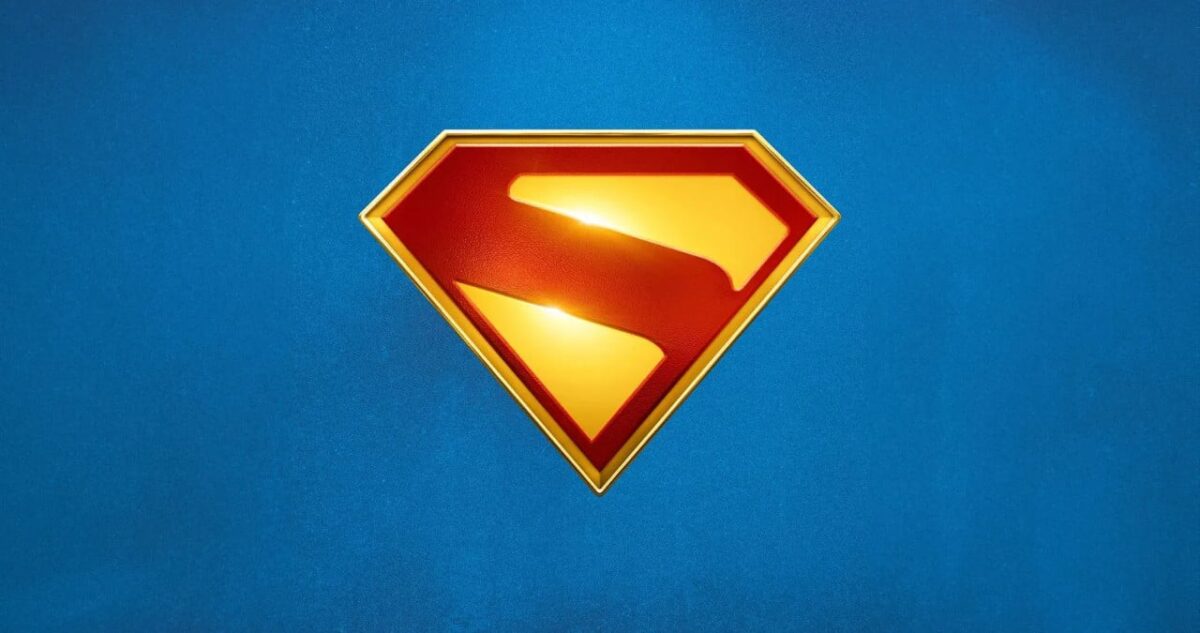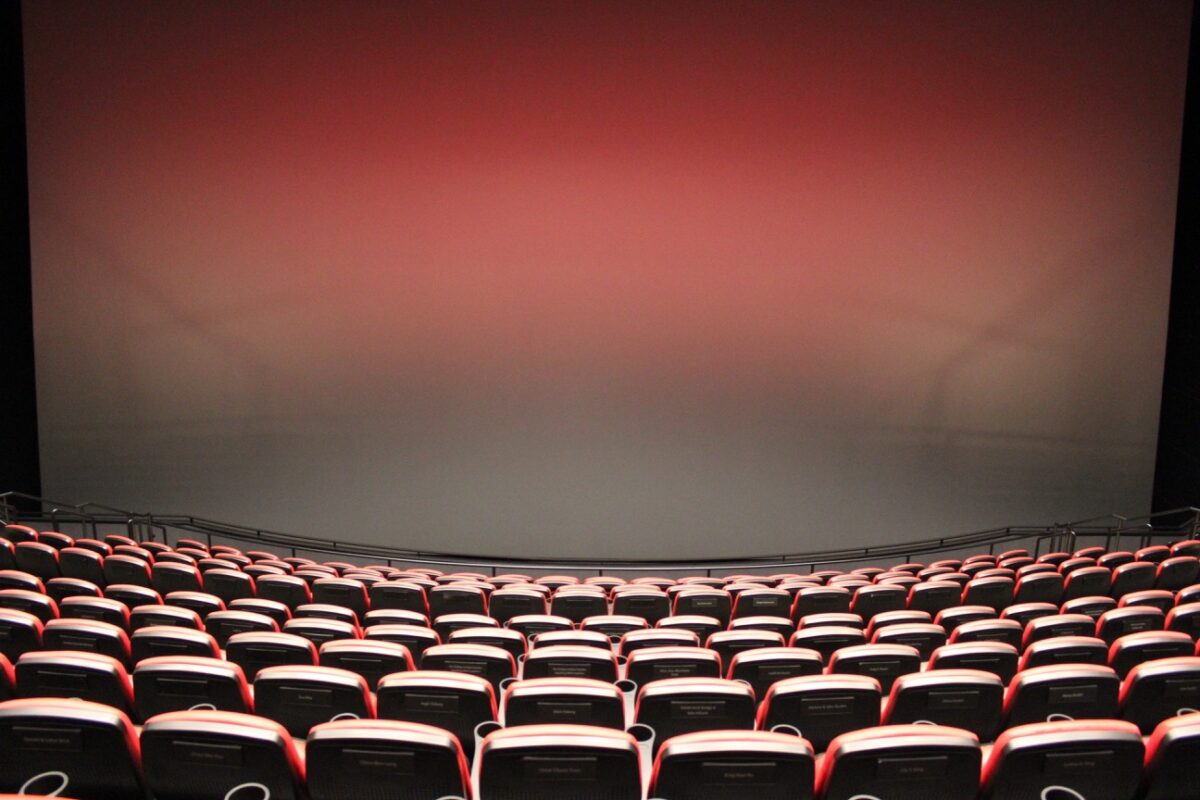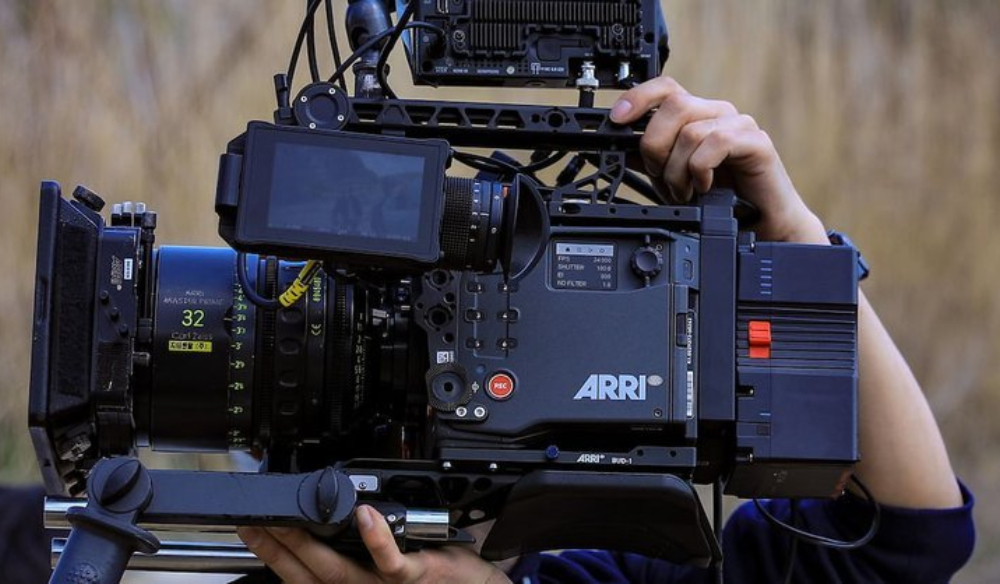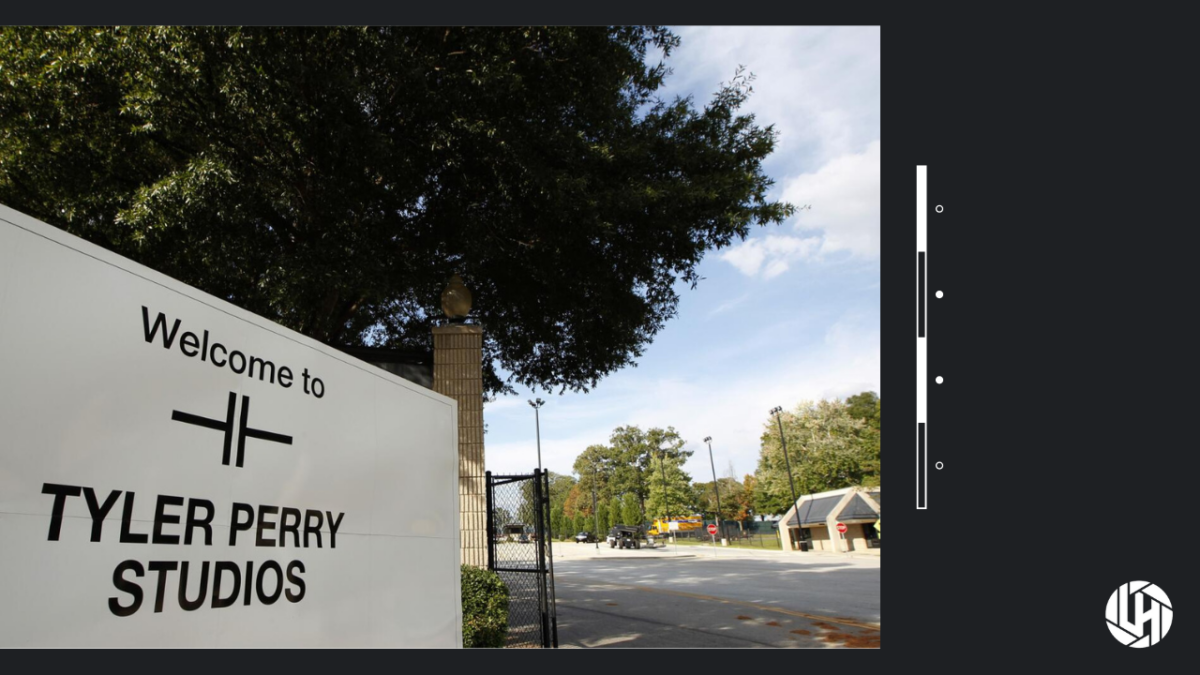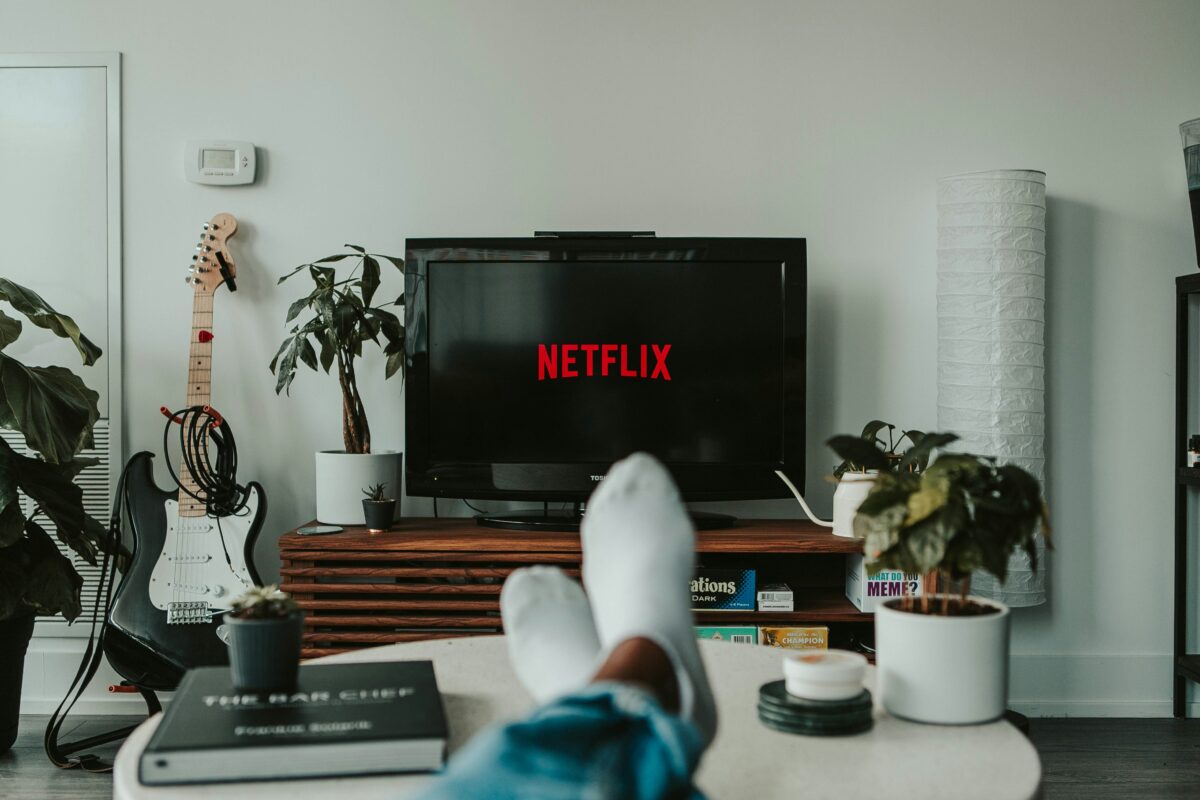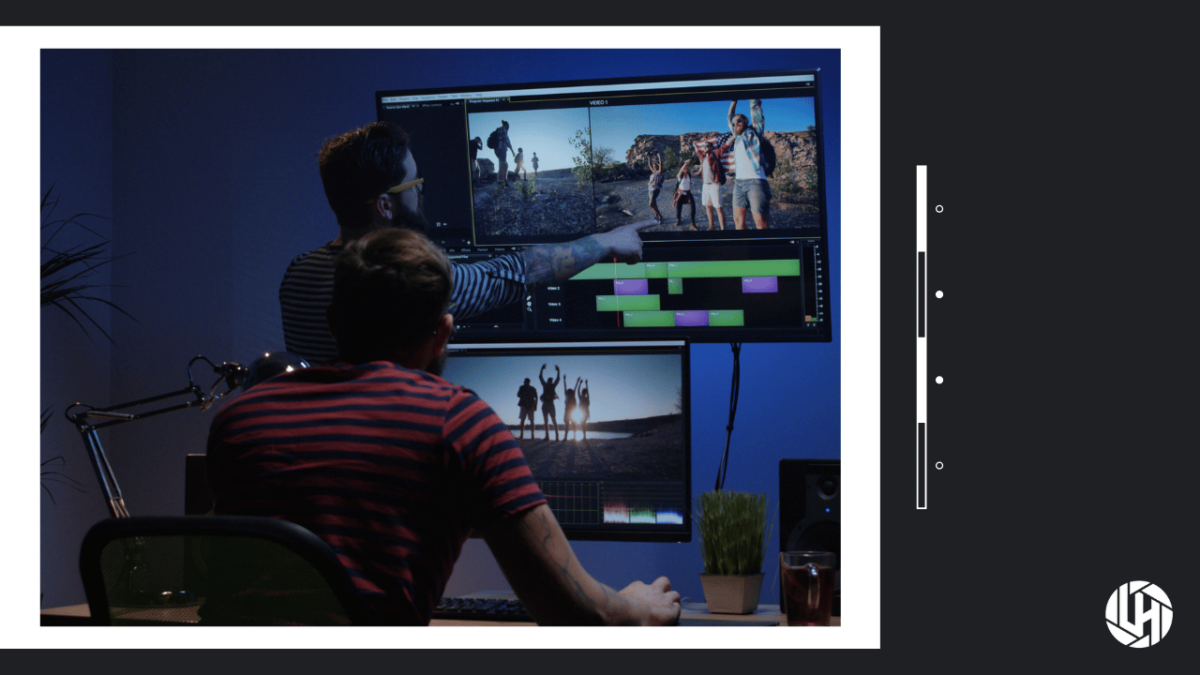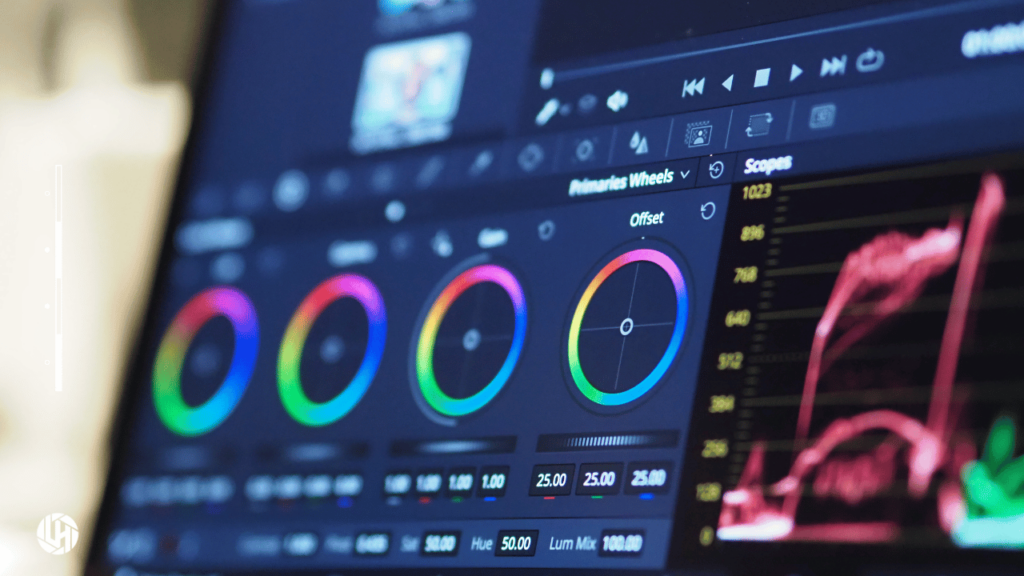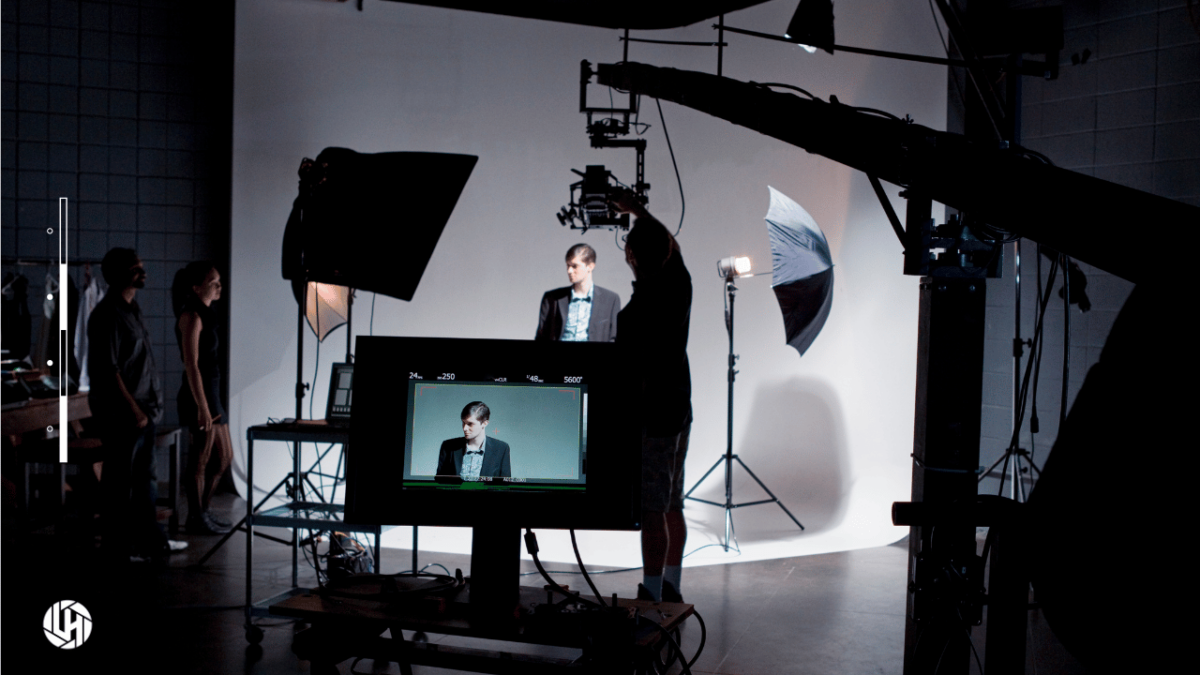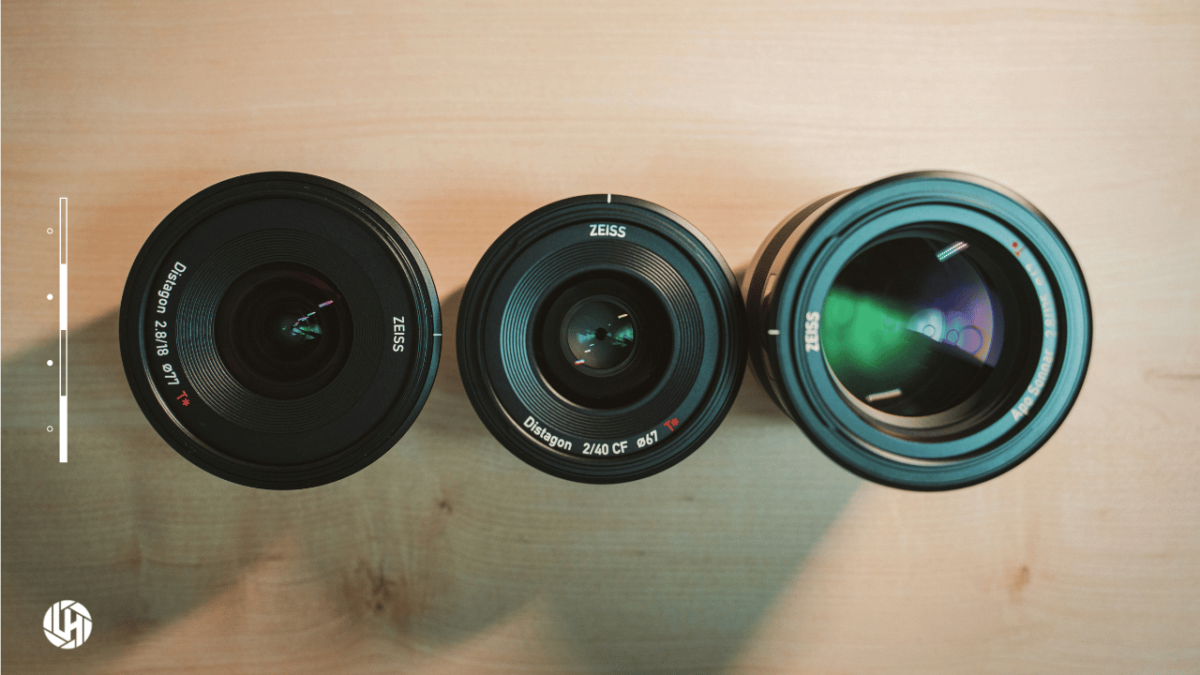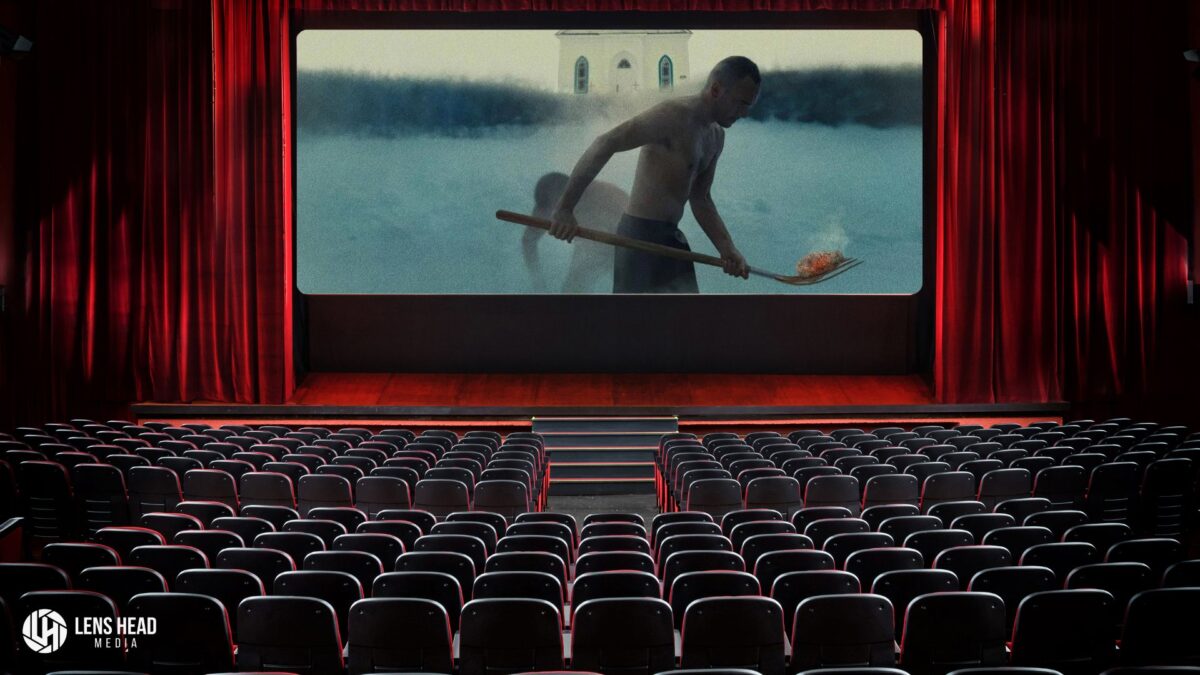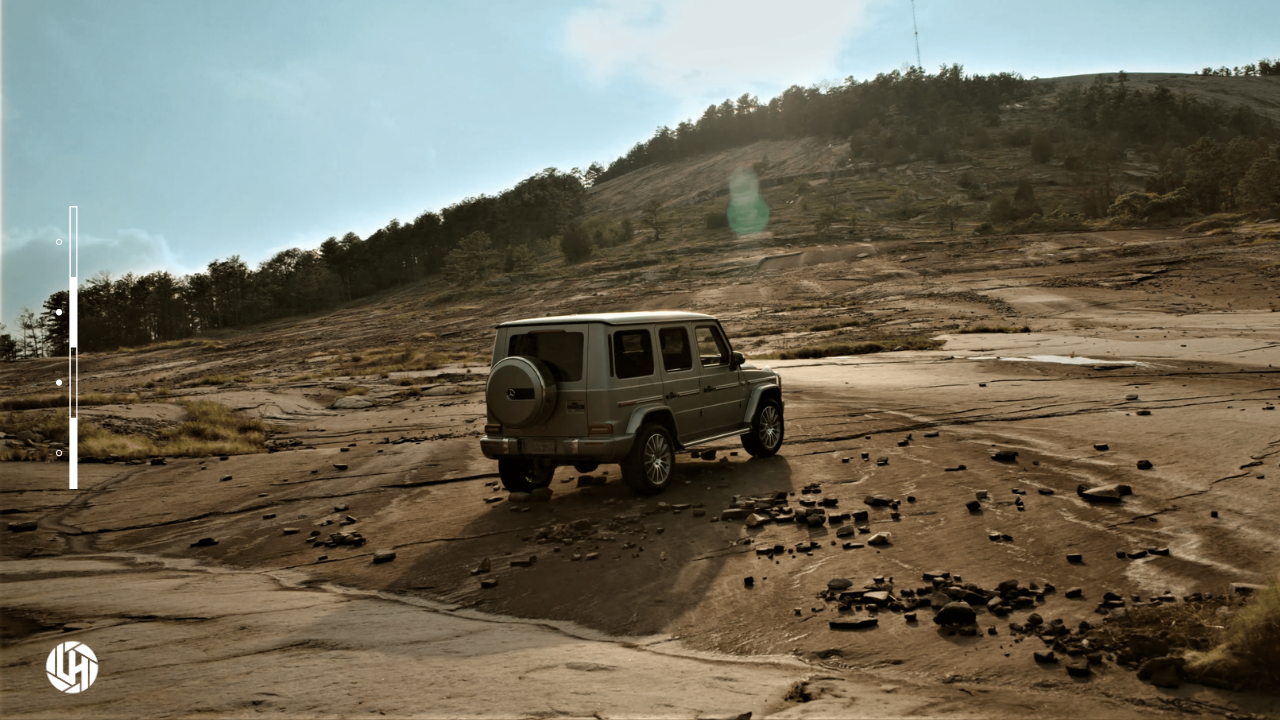How James Gunn’s Superman Was Shot: The Technical Side
lensheadmedia
on
July 14, 2025
James Gunn’s Superman marks a bold new chapter in the DC cinematic universe, blending the emotional depth and visual spectacle fans have been hoping for. But beyond its engaging storytelling and iconic characters, the technical artistry behind the camera is just as impressive. The cinematography team employed a thoughtful mix of cutting-edge digital cinema cameras and world-class lenses to bring this modern superhero epic to life.
Let’s break down how Superman was shot, and what tools made it all possible.
Camera Arsenal: RED V-RAPTOR, RED Komodo, and Phantom Flex4K-GS 9
For most of the film’s principal photography, Gunn’s team relied heavily on RED Digital Cinema cameras, specifically the RED V-RAPTOR and RED Komodo. These two cameras are known for their versatility, compact design, and powerful image sensors, making them ideal for a film that required everything from intimate dialogue scenes to explosive, large-scale set pieces.
RED V-RAPTOR 8K VV
The RED V-RAPTOR was a workhorse on the production, offering an incredible combination of resolution, dynamic range, and frame rates. With a full-frame 8K VV sensor, the V-RAPTOR captures images at up to 8192 x 4320 resolution, with 17+ stops of dynamic range. That means it can handle deep shadows and bright highlights in the same shot—ideal for the dramatic lighting and high-contrast environments of a superhero film. It also supports 120 fps at 8K, and up to 600 fps at 2K, providing tons of flexibility in post-production.
The V-RAPTOR’s compact form factor also allowed for easier rigging in tight or dynamic shooting scenarios; important for a movie where the camera often moves with the characters, whether on foot, in flight, or in chaos.
RED Komodo
Alongside the V-RAPTOR, the RED Komodo 6K was used for a significant portion of the shoot. Slightly more compact than its sibling, the Komodo features a Super 35 sensor and records up to 6K resolution (6144 x 3240). It’s especially praised for its global shutter, which eliminates motion artifacts and rolling shutter effects; vital for capturing clean, crisp action sequences. This camera was likely used for handheld work, drone shots, or vehicle mounts where its small size and high-quality image capture gave the team creative freedom.
Phantom Flex4K-GS 9
For the film’s breathtaking slow-motion sequences, the production employed the Phantom Flex4K-GS 9. This camera is designed for ultra-high-speed shooting, capable of capturing up to 1,000 frames per second at 4K. It features a global shutter and a super 35mm CMOS sensor, delivering unmatched clarity even when the action slows to a near standstill.
These slow-motion shots added a sense of grandeur and detail to the film, freezing moments in time to heighten emotional or visual impact. Whether it was Superman soaring through explosions or a mid-air rescue suspended in slow-mo, the Phantom Flex4K helped elevate the cinematic experience.
The Glass: A Blend of Modern and Classic Lenses
The visual style of Superman is rich, textured, and cinematic, largely due to the deliberate choice of lenses that marry technical precision with aesthetic character.
Leitz Tri-Elmar and M 0.8
These Leica lenses are known for their pristine optics, consistent color rendition, and compact form factor. The Leitz M 0.8 series, in particular, brings a painterly quality to the image, with soft fall-off and a beautiful bokeh. They’re often favored for their ability to render skin tones naturally and highlight subtle emotion in close-ups. The Tri-Elmar lens, with its multi-focal range, allowed the team to move quickly between focal lengths without changing lenses.
Panavision Primo 70
Designed for large-format sensors, the Panavision Primo 70 lenses are engineered to deliver ultra-high resolution while maintaining classic cinematic character. These lenses produce edge-to-edge sharpness and minimal distortion, making them perfect for wide, epic shots that capture the scale of Metropolis, or the intimacy of Clark Kent’s Kansas roots.
Angénieux Optimo Ultra
For zoom work and dynamic camera movement, the team also used Angénieux Optimo Ultra lenses, known for their smooth zooms, sharpness across the frame, and minimal breathing. These lenses provided flexibility during complex action sequences, allowing the camera team to adjust focal lengths without sacrificing visual consistency.
A Unified Vision Through Technology
What makes the cinematography of James Gunn’s Superman stand out isn’t just the high-end gear—it’s how these tools were used to support the story. From the RED V-RAPTOR’s vast dynamic range to the Phantom’s slow-motion wizardry, every camera choice was made to emphasize character, drama, and scale.
Combined with a curated selection of lenses that blend clarity with artistry, the result is a visually cohesive film that feels grounded yet awe-inspiring. It’s a Superman story told not just with heart, but with a powerful visual language that reminds us why we love going to the movies.
Have any questions or want to bring the RED video quality to your next shoot? Contact us today!
